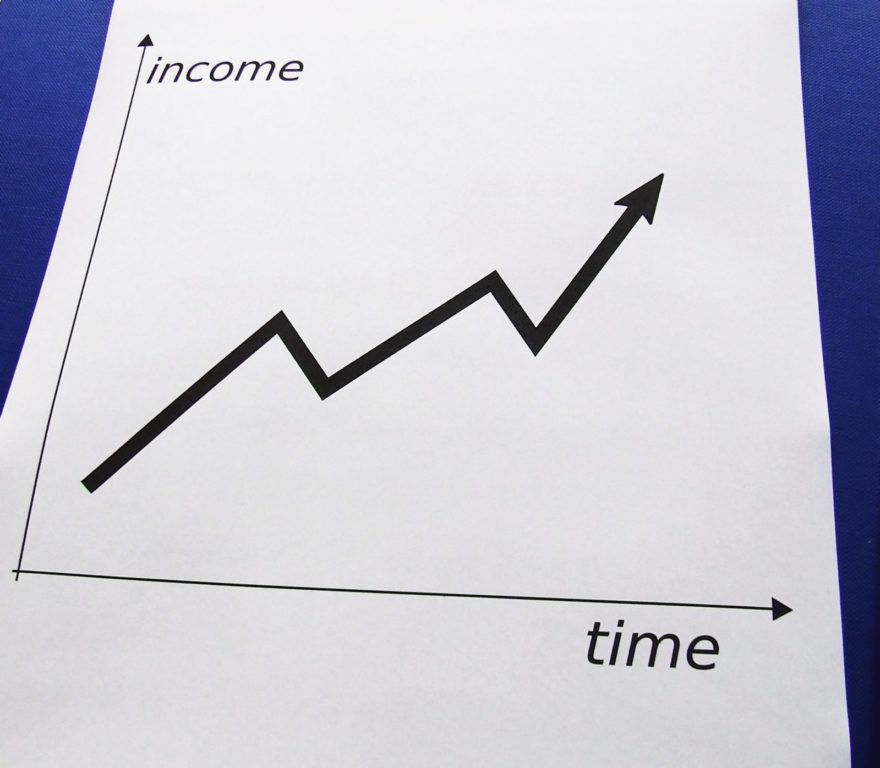There are a lot of ways to get financial advice today and you want to know that you’ve made the right choice. How do you decide? We invite your questions and scrutiny and would love to get to know you. That’s the beginning of a trusted advisory relationship.
While you can and should read our disclosure documents and “Form ADV Part 2”, to really get to know Good Life Wealth Management, you need more personal insights. Here are 9 things that will help you better understand who we are and how we help clients like you.
1) The Key Benefit to You
When my clients see their goals defined in milestones and specific actions, they feel confident in their future. Together, we craft a financial plan that is more than just an investment strategy, but a comprehensive road map to accomplish your goals and avoid the hidden pitfalls which could derail your success. That begins with understanding you, and helping refine your goals from intangible ideas to specific, measurable outcomes.
2) Pricing Our Services
We provide objective advice for your best interests, and that’s why we adopted a fee model rather than a commission approach based on transactions. Other advisors have fee structures that are complicated and opaque. We offer two programs with prices that are simple, transparent, and fair:
– Wealth Builder Program (under $250,000 in assets) costs $200 a month.
– Premier Wealth Management (over $250,000) costs 1%, billed quarterly.
3) Value to You
We provide value to our clients’ finances in many tangible ways, such as reducing portfolio taxes, saving on investment expenses, and implementing tax strategies. We also help avoid pitfalls and unforeseen problems in many areas beyond the obvious portfolio risks, such as being uninsured or under-insured, having a poor estate plan, or not having an efficient college savings strategy.
You could tackle these issues yourself if you have the interest and inclination, but our clients value their free time and prefer to delegate to experts. They enjoy peace of mind knowing that are receiving objective advice that is based on experience, insight, and professional training. We can help couples achieve their financial goals with less friction and improved mutual understanding.
4) Our Practices
As we get to know you and your family and develop your custom plan, you will see how our services directly connect to your goals and concerns. Our clients feel secure with our consistent approach and time-tested methods that are based on evidence and academic rigor, and not sentiment, fad, or conjecture. We take our Fiduciary Oath very seriously, which is why our clients have placed such deep trust in our advice.
5) Why I’m an Advisor
None of my grandparents had any wealth, but they instilled in my parents the values of a strong work ethic and sense of personal responsibility. Through their education, hard work, frugality, and investing discipline, my parents became financially successful and independent. I became an Advisor because I believe all Americans have an opportunity to achieve the American Dream. My passion is educating others on how to make that dream a reality.
6) Community Involvement
Outside of financial planning, I have two long-standing interests. I’m a classically trained musician and perform as Principal Trombone of the Garland, Las Colinas, and Arlington orchestras. Additionally, I play frequently for area church services, and my brass quintet gives approximately 50 concerts a year at area nursing homes through Texas Winds.
My other interest is in animal welfare and ending the pet overpopulation problem here in America. I’ve been an active volunteer at Operation Kindness for 15 years. We frequently foster mom dogs and their puppies, which you can follow on The Foster Dog Chronicles facebook page. I also am proud to serve as a Board Member and Treasurer for Artists For Animals, a 501(c)3 non-profit group that raises money for humane rescue and education.
Good Life Wealth Management donates at least 10% of its pre-tax profits to charity annually. And there’s nothing I’d love more than to increase our giving each year!
7) Qualifications
My expertise sits right in the center of what you need in creating a family financial plan. I’ve developed similar plans for more than 100 clients at my previous firms, so it’s rare that an issue comes up that I haven’t already encountered. I hold two of the most comprehensive designations in finance: Certified Financial Planner (CFP), and Chartered Financial Analyst (CFA). But I didn’t get these just to put up on the wall – my whole life has been dedicated to the pursuit of educational excellence. I graduated first in my high school class of 330 and received my doctorate at the age of 25. My mantra is to never stop learning. The question I ask everyday is how can this information benefit my clients? That’s the prism through how I spend my time.
8) How I Built My Company
Simple – I look at how I’d want to be treated as a client. My family are the largest clients of Good Life Wealth Management, and I personally invest in our Growth Model (70/30). I share this because I know some advisors who recommend one thing to clients and then do something different with their own money, or who don’t have any investments at all. I aim to provide every client with the same care, detail, and diligence as if it were my own money. The Golden Rule isn’t new, but many businesses don’t think this way.
9) Our Business Objectives
Good Life Wealth Management is a small, family practice, where I know every client individually. Our capacity will be only 75 clients and once I reach that level, we will establish a waiting list for new clients. Why? Because we refuse to compromise our level of personal service to you for the sake of growth.
My goal is to be a trusted advisor with each client for life. Our clients share our patient philosophy and appreciate our disciplined approach.
Are we the right fit for you? I don’t know, but I do believe that no one else will care more about your financial life than we will. I am blessed by the trust my clients have placed in me to serve them and love the challenge of working on each unique plan. If you’ve read this far, thank you. I’d love to have you take the next step and begin a conversation about how we can accomplish your goals together. Just send me a message, or call me at 214-478-3398 to get started.












